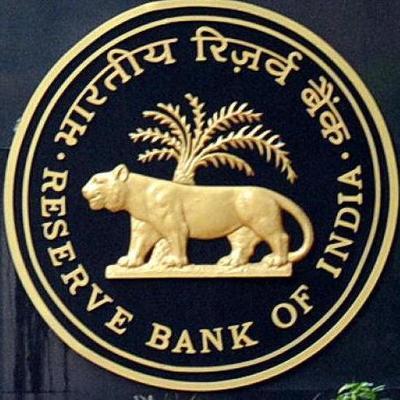
Ever since the Global Financial crisis of 2008, there has been a shift in the way central banks conduct their monetary policies, especially in developed countries. For instance, as a response to the Global Financial Crisis, the US Federal Reserve had slashed interest rates to a near-zero percent, and even announced unconventional measures such as Quantitative Easing (QE).
Other central banks in the developed economies also followed suit. The effectiveness of these unconventional monetary policy measures is still being debated, questioning the basis of economic theories. It was believed that loose monetary policies would lead to increased consumption, job creation and support price levels, pulling the economy out of the recession. Yet, even now many developed economies are struggling with their low inflation rates.
However, these unconventional monetary policy measures had their spillover effects, particularly on the emerging economies. The cheap credit from developed economies fled to emerging markets in search of better returns. And, the result was exuberant stock markets in emerging economies. However, the hot money flowing from the developed to emerging economies also created a very volatile and uncertain market. The best example in this regard was the ‘Taper Tantrum’ of 2013.
Emerging markets found it difficult to digest the news of interest rate hikes by the US Fed. India was also not immune to it. We were one among the ‘Fragile Five’ economies, alongside Brazil, South Africa, Indonesia and Turkey. The hint of a rate hike by the then Fed Chairman Ben Bernanke led to reverse flow of capital from emerging economies to the US.
In the emerging economies, equity markets were in panic while the major currencies depreciated against the dollar.
Currently, the global economy is passing through an unprecedented phase. Unlike an economic crisis triggered by an oil price shock or financial market turmoil, the current recession is the result of a health crisis. IMF predicts the global economy to contract by 4.9 per cent in 2020, much deeper than the contraction seen during the Global Financial Crisis. This uncertain economic scenario has led to a second wave of loose monetary policy measures.
Central banks in developed economies have reduced interest rate, and even announced QE programmes. The result is that there is surplus liquidity in the system, and emerging markets are again being attractive destinations for these funds.
The disconnect between the economy and equity market is attributed mainly to this surplus liquidity in the market. For instance, in June, FIIs/FPIs turned net buyers in the Indian stock market, pumping in something around $3.1 billion. Equity markets are rallying even when the global economy is passing through a recessionary phase.
Now, the question is whether there will be a ‘Taper Tantrum’ moment yet again? If central banks in the developed economies return to a normal path of monetary policy, its tremors would be felt in emerging markets. However, this is unlikely to happen in the near future. It has become even more difficult for central banks such dispensations, as its repercussions would be much greater. Central banks in the developed economies would act very cautiously before taking such a step. In such a scenario, it looks like a new normal has dawned on central bank monetary policies.
Article first published in The Economic Times.









